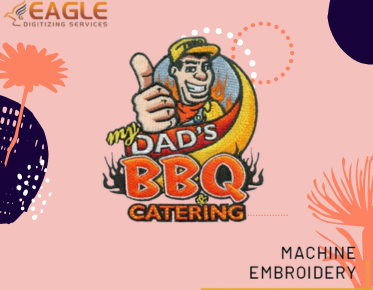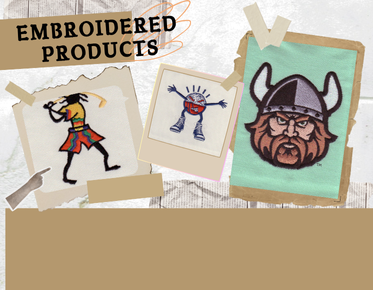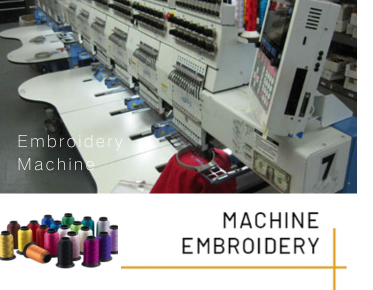What is the Best Quality Embroidery Design Format?
Embroidery design formats are crucial for ensuring that your designs are accurately and beautifully rendered on fabric. The choice of format can significantly impact the quality of the final product, making it essential to understand which formats are best suited for your needs. In this article, we will explore the most popular embroidery design formats and discuss their advantages and disadvantages.
Understanding Embroidery Design Formats
Embroidery design formats are digital files that contain the instructions for embroidery machines to stitch a design. These files dictate the stitch types, colors, and sequence, ensuring that the design is executed precisely as intended. Different embroidery machines require specific file formats, and choosing the right one is essential for achieving the best results.
Popular Embroidery Design Formats
Tajima (DST)
The Tajima (DST) format is one of the most widely used formats in the embroidery industry. It is known for its compatibility with a wide range of embroidery machines and its ability to handle complex designs with ease. The DST format is highly reliable and is often the default choice for many embroidery professionals. At Eagle Digitizing, the DST format is the default option offered to clients, ensuring high-quality results for various embroidery projects【4:0†source】.
Melco (EXP)
The Melco (EXP) format is another popular choice, particularly for those using Melco embroidery machines. This format is known for its precision and ability to handle intricate designs. It is a preferred choice for many embroiderers who require detailed and accurate stitch work.
Wilcom (EMB)
The Wilcom (EMB) format is favored by those who use Wilcom software for creating and editing embroidery designs. This format offers extensive editing capabilities, allowing users to make detailed adjustments to their designs. It is ideal for those who need to customize their designs frequently.
Factors to Consider When Choosing a Format
When selecting an embroidery design format, several factors should be considered to ensure the best quality output:
- Machine Compatibility: Ensure that the format is compatible with your embroidery machine. Different machines may require specific formats, so it's essential to verify compatibility before proceeding.
- Design Complexity: Some formats handle complex designs better than others. If your design includes intricate details, choose a format known for its precision and accuracy.
- Editing Capabilities: If you need to make frequent adjustments to your designs, select a format that offers robust editing features.
- File Size: Consider the file size limitations of your embroidery machine. Some formats may produce larger files, which could affect the machine's performance.
Why Quality Matters in Embroidery Design
High-quality embroidery designs are essential for achieving professional results. Poor-quality designs can lead to issues such as thread breakage, misalignment, and inconsistent stitching. By choosing the right format and ensuring that your design is digitized correctly, you can avoid these problems and produce stunning embroidery work.
The Role of Eagle Digitizing in Ensuring Quality
Eagle Digitizing is a leader in the embroidery digitizing industry, offering top-notch services to clients worldwide. With over 25 years of experience, they provide a range of formats, including DST, EMB, and EXP, to cater to different machine requirements. Their expertise ensures that each design is digitized with precision, minimizing thread breakage and ensuring smooth sew-outs【4:3†source】.
Conclusion
Choosing the best quality embroidery design format is crucial for achieving excellent results. By understanding the strengths and limitations of each format, you can make an informed decision that meets your specific needs. Whether you are a professional embroiderer or a hobbyist, selecting the right format will enhance the quality of your work and ensure that your designs are beautifully rendered on fabric.
As the embroidery industry continues to evolve, staying informed about the latest trends and technologies will be key to maintaining high standards of quality. Consider exploring new formats and techniques to keep your embroidery projects fresh and innovative.



